Citroën returns to Formula E: discover the car, drivers, and winning ambitions
- Jérémy

- Oct 21
- 6 min read

The motorsport world is buzzing with a spectacular announcement: Citroën is making its official return to top-tier competition by joining the prestigious ABB FIA Formula E World Championship. After years of resounding success in Rally-Raid, WRC, and WTCC, the iconic French brand is opening a new chapter, decisively focused on the future. It is with renewed ambition that it has unveiled the single-seater its renowned drivers, Jean-Éric Vergne and Nick Cassidy, will pilot on street circuits around the globe for the 12th season of the all-electric series. This new challenge represents an exhilarating adventure for a manufacturer that, for over 60 years, has shaped history through its audacity, innovation, and winning culture.
A high-voltage Citroën: a closer look at the Gen3 Evo
At the heart of this project lies a racing machine that is a true technological showcase. The single-seater designed for this challenge is not just a race car; it is a symbol of Citroën's transition to a new era of electric performance.
The GEN3 Evo: a concentrate of power and efficiency
The GEN3 Evo single-seater is the perfect synthesis of raw power and optimized efficiency. Built upon an ultra-lightweight carbon fiber chassis from Spark Racing Technology, it meets the most stringent FIA safety standards. With a feather-light weight of just 859 kg, including the driver, it offers formidable agility and responsiveness, which are crucial on the tight, winding circuits of Formula E. Beneath its sleek bodywork lies an electric powertrain capable of delivering up to 350 kW (approximately 470 hp) in qualifying mode. This phenomenal power allows it to accelerate from 0 to 100 km/h (0-62 mph) in a breathtaking 1.86 seconds—faster than a modern Formula 1 car—and reach a top speed of 320 km/h (199 mph).
The major innovation of this third generation of single-seaters is its dual-motor setup. The more powerful rear motor provides propulsion, while a front motor is entirely dedicated to energy regeneration under braking. However, during the activation of the strategic "Attack Mode", both motors combine to transform the car into an all-wheel-drive machine, providing a temporary power boost. This dual-motor configuration allows for record-breaking energy recovery: up to 600 kW can be regenerated during braking, recycling nearly 50% of the total energy consumed during an E-Prix. This energy is stored in a state-of-the-art 47 kWh battery, designed for instantaneous power delivery, perfect thermal stability, and maximum durability.
Developed at the heart of Stellantis Motorsport
The performance of this single-seater is no accident. It was designed, developed, and optimized at the core of Stellantis Motorsport in Satory, France, the group's competition nerve center, under the leadership of Jean-Marc Finot. It benefits from the eleven years of experience accumulated by the group in Formula E, particularly through the successes of sister brand DS Automobiles. This unique expertise in the design and operation of high-performance all-electric single-seaters is a significant advantage. The proficiency of Stellantis Motorsport covers the entire powertrain: from high-performance electric motors to in-house developed inverters and power control software, as well as the thermal and energy management systems that are the true key to on-track success.
"We are doing much more than designing a race car; we are reviving Citroën's passion in one of the most visionary championships in the world," states Jean-Marc Finot, Head of Stellantis Motorsport. "With nearly eleven years of experience in Formula E, dozens of engineers and technicians are dedicating their high standards, racing science, and enthusiasm to the brand every day. This expertise, acquired over the seasons, allows us today to master the essential balances between power management, state-of-the-art efficiency, and the reliability that remains an essential foundation."
A Tricolore Livery That Electrifies Design
The Citroën Racing single-seater doesn't just perform; it makes a powerful visual statement. Developed by the Citroën Design Centre, its livery features a dynamic gradient that starts with a vibrant red on the nosecone—the historic color of Citroën Sport, symbolizing passion and competition. This intense red stretches along the bodywork, fading in a technical and controlled motion to make way for two white stripes that echo the brand's iconic chevrons. These stripes separate the passionate red from the electric blue that adorns the rear of the car, evoking the new era of electric mobility. The result is a proud tricolore composition, a clear tribute to France, its industrial know-how, and its spirit of innovation. The car will complete its first competitive laps this Monday during the official pre-season tests ahead of the new season, which kicks off in December.
A champion team to carry Citroën's ambitions
To mark its return to the highest level, Citroën knew it had to assemble a team worthy of its legacy. The brand has surrounded itself with talented, experienced, and determined individuals, ready to take on the best in the world.
An exceptional driver duo and an experienced leader
The team will be led by two of the most respected drivers in the paddock. Frenchman Jean-Éric Vergne, 35, is a true icon of the series. A former Formula 1 driver with Toro Rosso, he found the perfect playground for his talent in Formula E, becoming the first and only two-time champion in the series' history. His strategic experience is unparalleled. "It is a true honor for me to be the French driver for this new team. My goal is to bring all my Formula E experience to help Citroën succeed from its very first season," he stated.
Alongside him, New Zealander Nick Cassidy, 31, is one of the most complete talents of his generation. The reigning world vice-champion, he is also famous for winning the prestigious "Japanese Triple Crown" (Super Formula, Super GT, and F3), a feat that highlights his remarkable versatility. "We have all the right assets and the right people to build something truly special. I'm also looking forward to working with Jean-Éric Vergne," added Cassidy.
The leadership of this elite structure is entrusted to Cyril Blais, appointed as Team Principal. His career, which saw him rise from race engineer to head of the Maserati team, gives him recognized technical expertise and leadership. His strategic vision, focused on collaboration and innovation, will be a major asset in uniting the team and maximizing performance.
A powerful driver for international growth
Entering Formula E is a highly strategic decision for Citroën. Experiencing remarkable momentum after renewing its entire vehicle lineup in two years, the brand sees this championship as a powerful lever to strengthen its international image, particularly in key markets in Asia and the Americas. With races in the heart of the world's greatest cities (such as Tokyo, Monaco, São Paulo, and London), Formula E brings the sport closer to the people—a philosophy that perfectly aligns with the DNA of Citroën, a popular brand committed to democratizing electric mobility with models like the Ami and the new ë-C3. This championship also provides an opportunity to connect with a younger, more female, and more connected audience that is sensitive to the values of innovation and sustainability.
"Motorsport is a field that has shaped Citroën's history and legend for over 60 years. It is the heartbeat of automotive passion," explains Xavier Chardon, CEO of Citroën. "By joining a 100% electric, responsible, and committed competition, we are embracing strong, forward-looking values. It offers a tremendous source of technological inspiration and an international showcase for the Brand."
A rich racing heritage: 60 Years of victories
Citroën's return to competition is rooted in a rich and glorious history. This commitment to Formula E is not a fresh start but the continuation of an epic journey that began over six decades ago.
As early as the 1950s and 1960s, models like the ID 19 and the DS were already making their mark in the hands of privateer teams, notably winning the prestigious Monte Carlo Rally in 1959. The following decades saw the SM, CX, and the audacious Visa and BX 4TC of the Group B era continue this rally presence.
However, it was in the 1990s that Citroën Sport truly shifted gears with its Rally-Raid saga. The legendary ZX Rallye Raid dominated the world's deserts, securing 36 victories, including four Paris-Dakar wins, with exceptional drivers like Ari Vatanen and Pierre Lartigue. This period firmly established the brand's reputation for robustness and performance.
At the turn of the millennium, Citroën conquered the World Rally Championship (WRC). Driven by the phenomenal talent of Sébastien Loeb, the brand established an unprecedented era of dominance: nine consecutive driver's world titles and eight manufacturer's crowns, thanks to the unforgettable Xsara, C4, and DS3 WRC cars. This era cemented Citroën's place in the motorsport pantheon.
More recently, between 2014 and 2016, Citroën crushed the competition in the World Touring Car Championship (WTCC). The C-Elysée WTCC won three consecutive manufacturer and driver titles with a dream team of drivers: José María López, Yvan Muller, and Sébastien Loeb.
Over 60 years of official competition, Citroën has proven its ability to innovate, dominate, and thrill enthusiasts on every terrain. Today, by committing to Formula E, the brand is not just reconnecting with its glorious past; it is projecting itself into the future. For us, the brand's passionate followers, the times ahead promise to be exhilarating. We can be proud to see our brand fly its colors, and those of France, in a visionary global championship. It's a competition we will follow with close attention to see Citroën shine. There is no doubt about it: Citroën is Back!


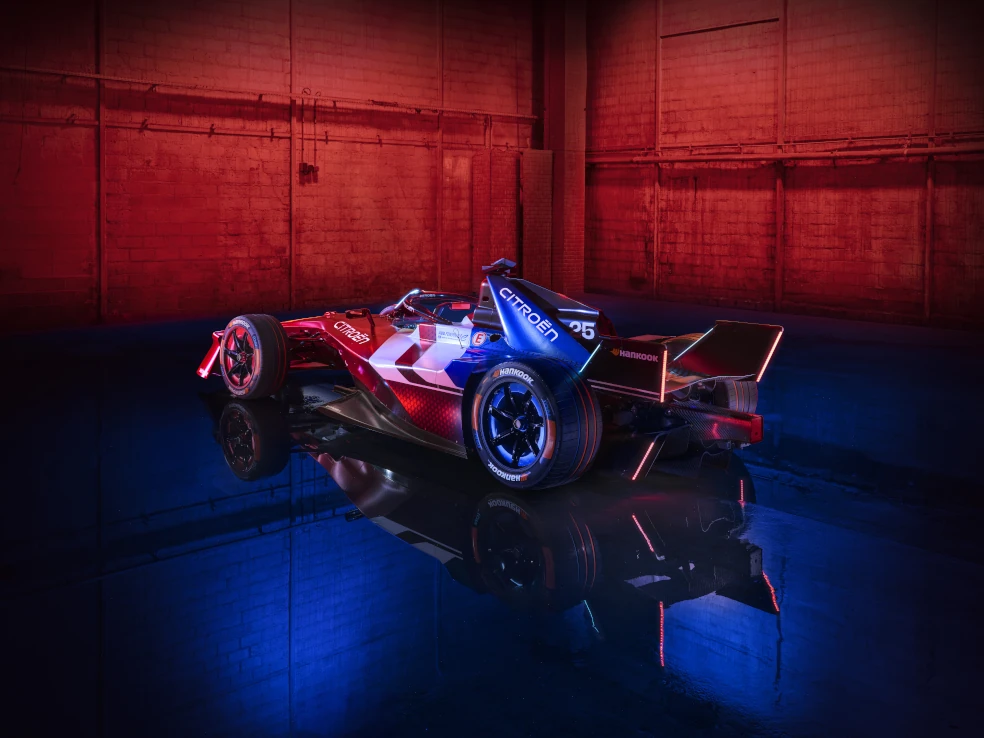


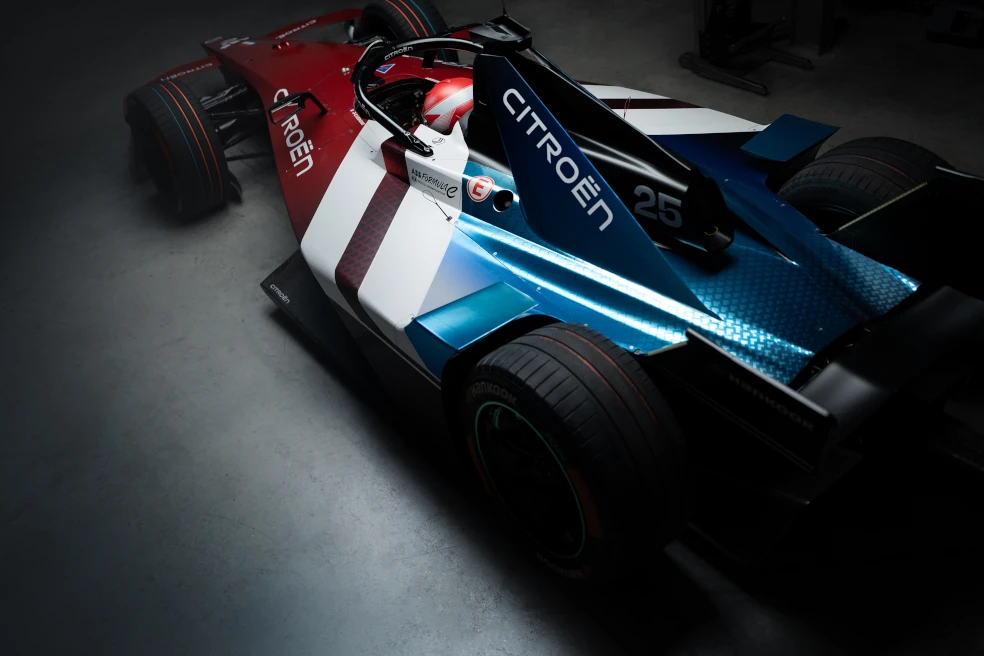
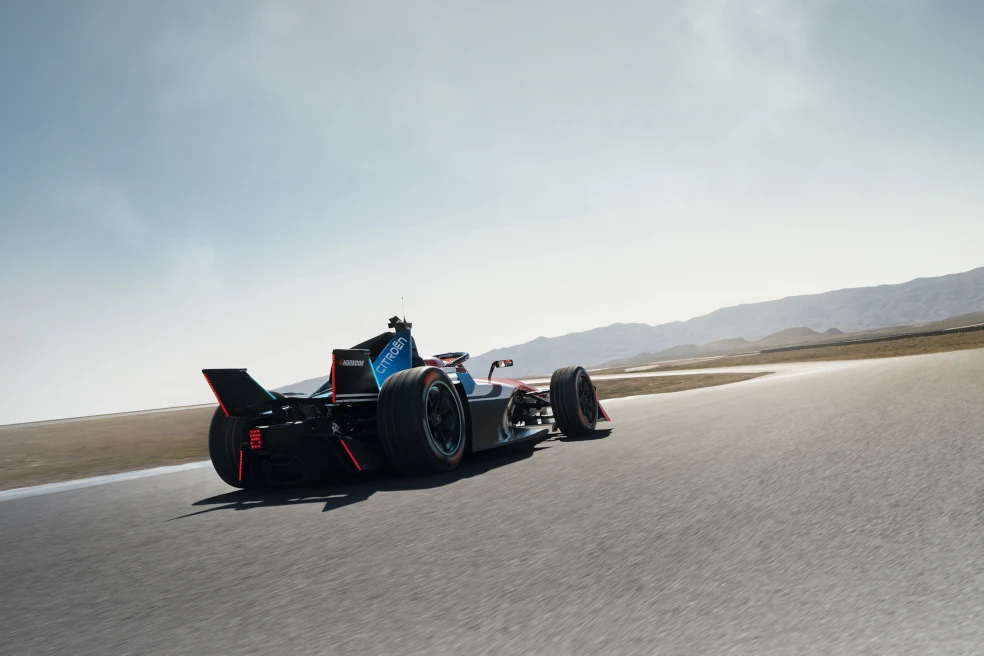
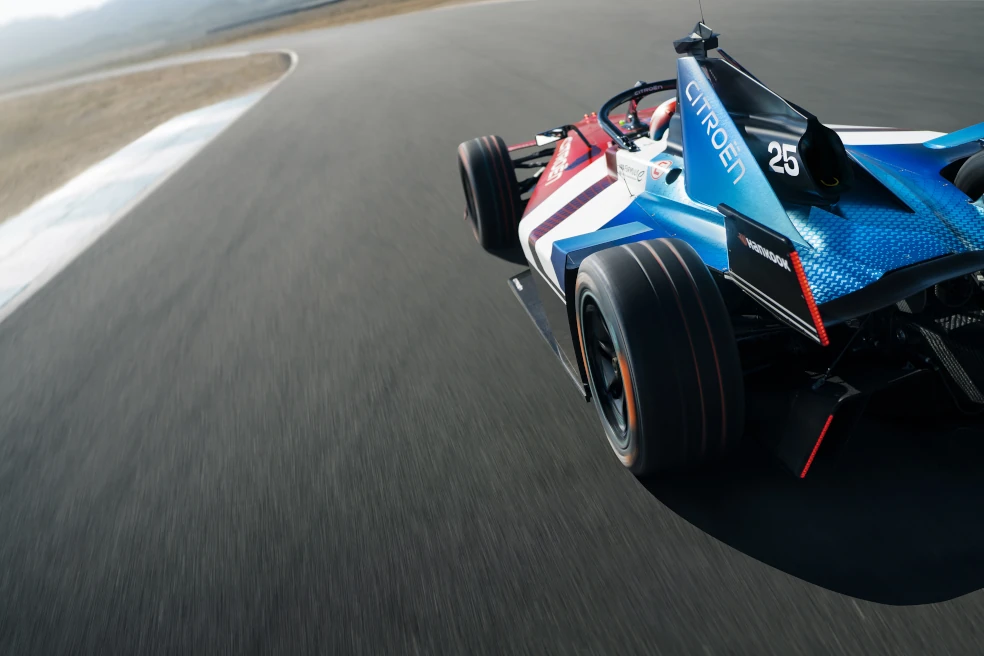
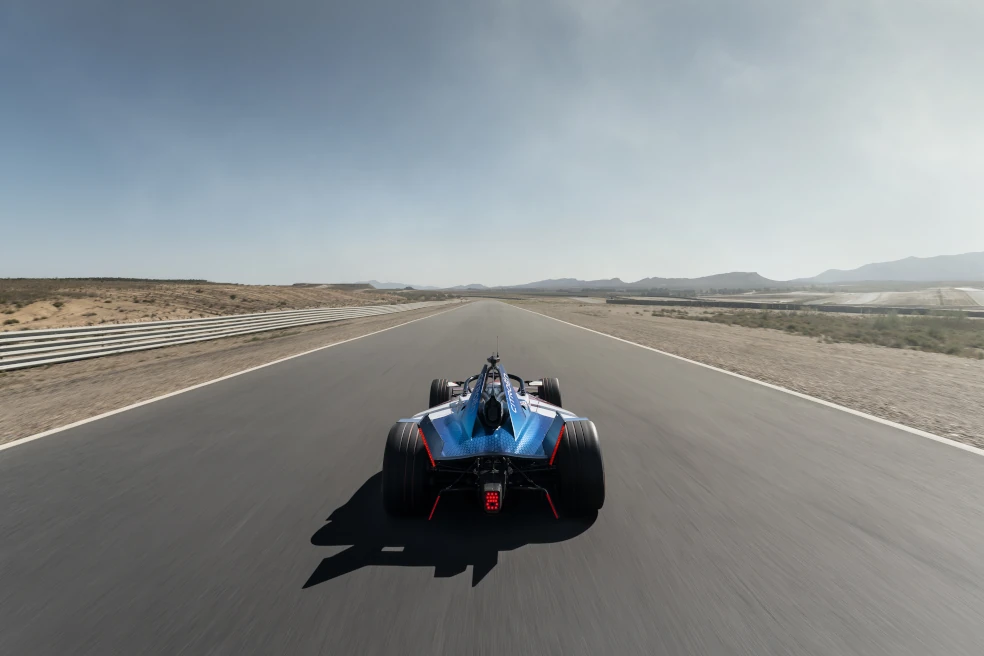
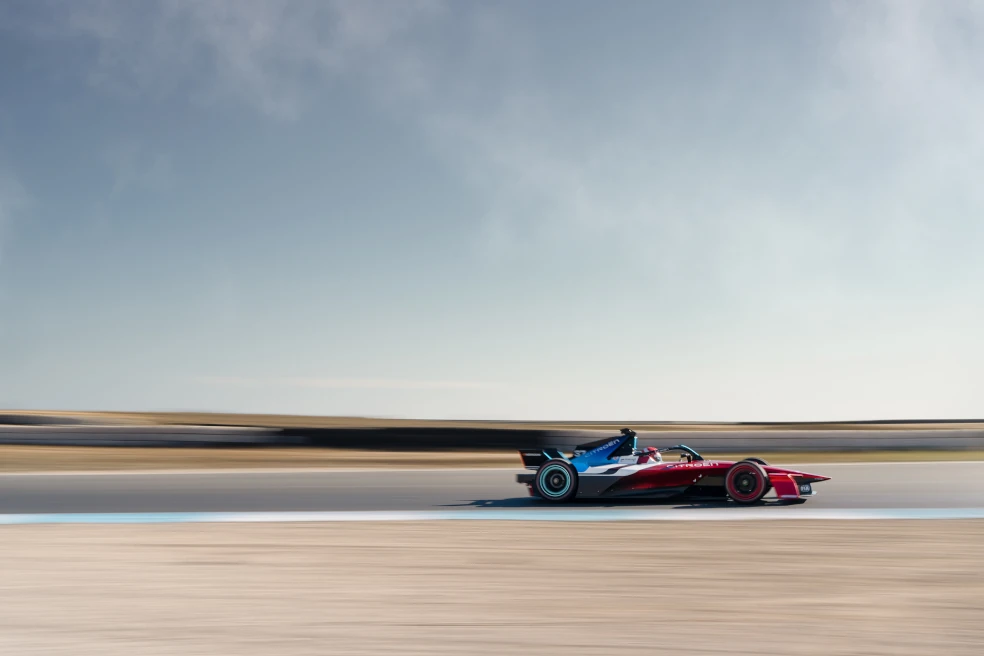
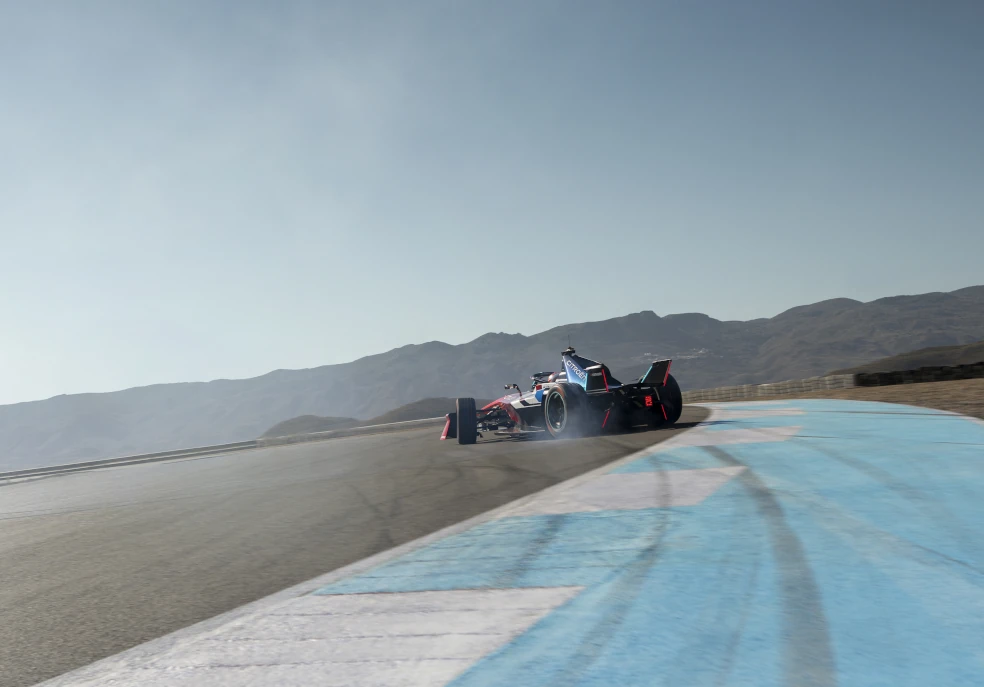
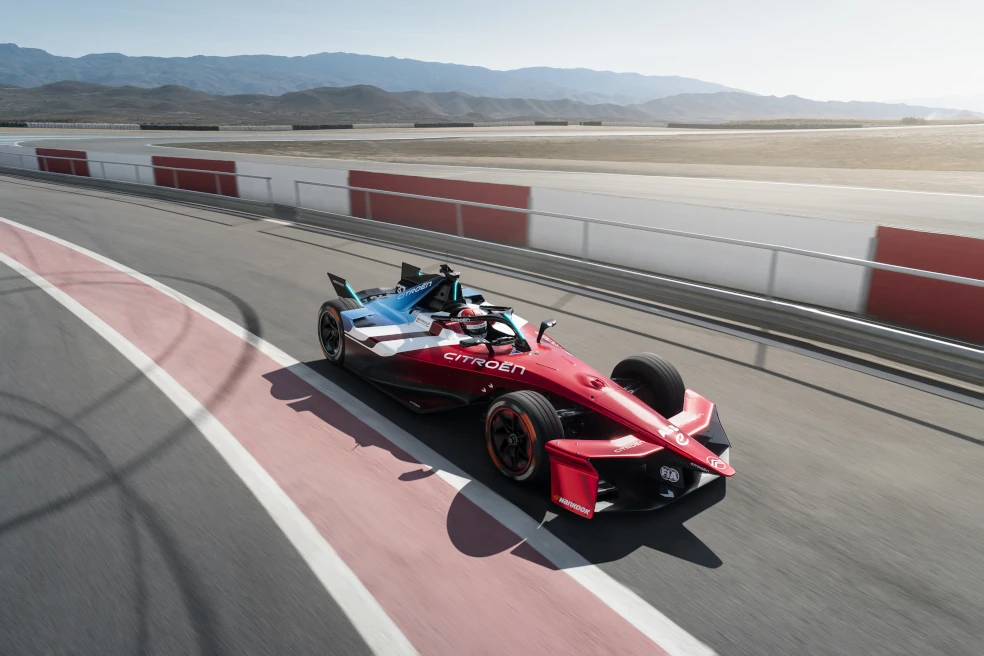
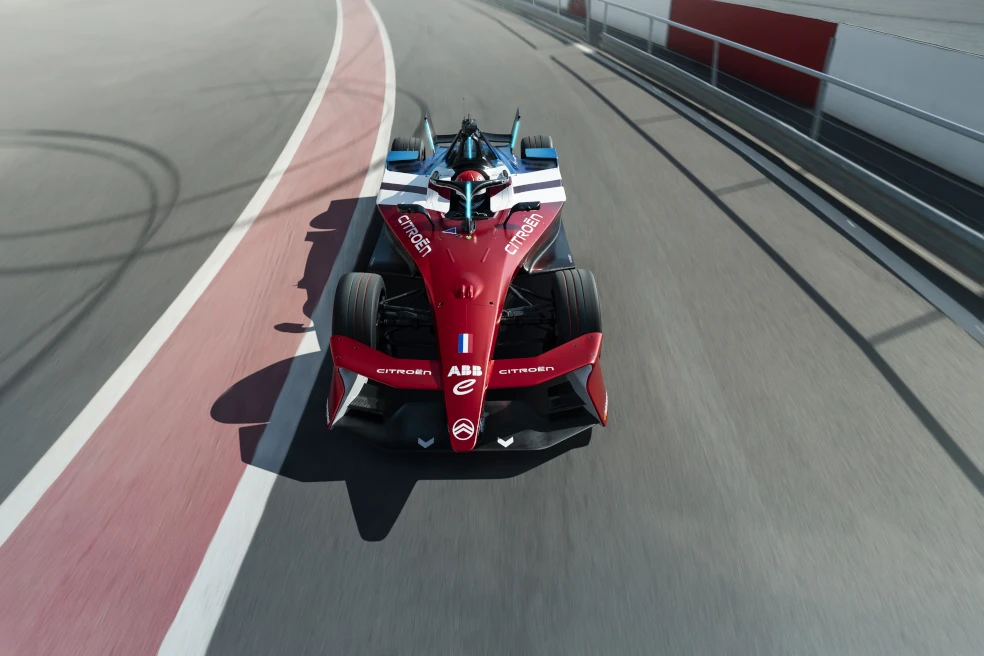
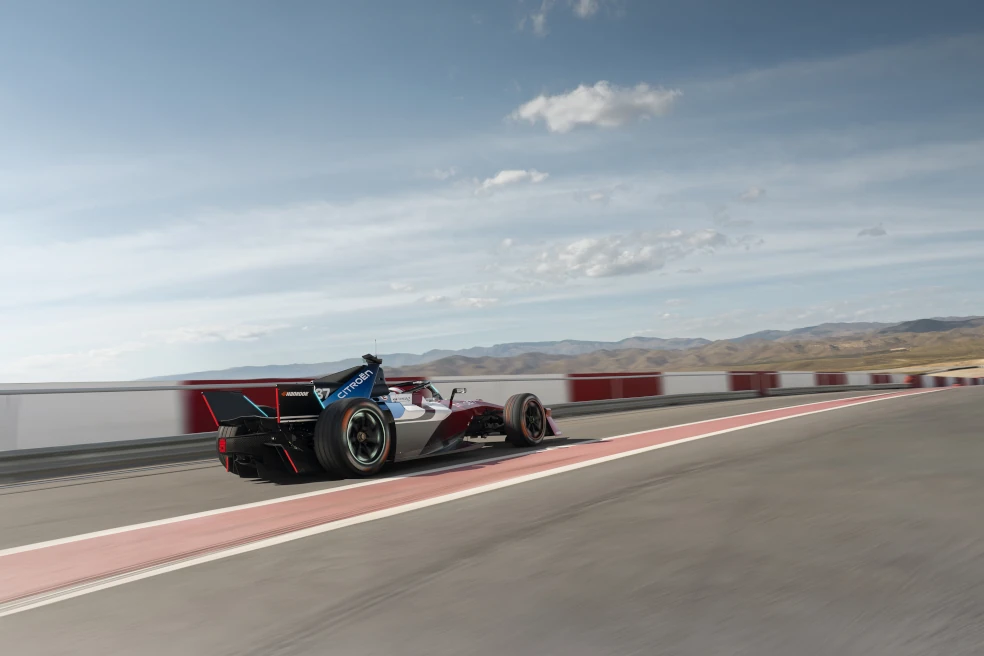
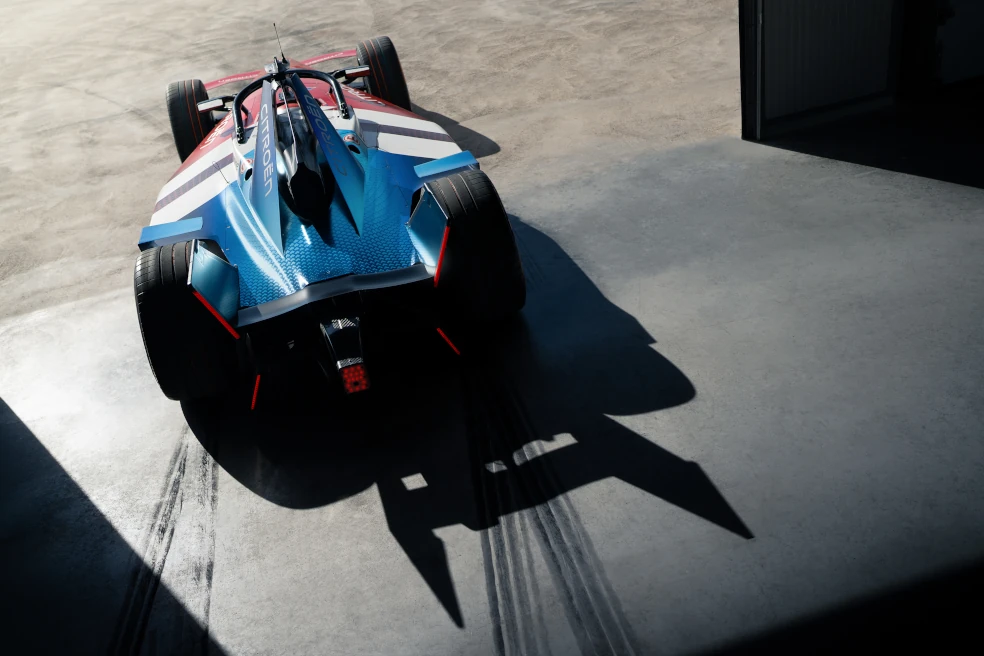

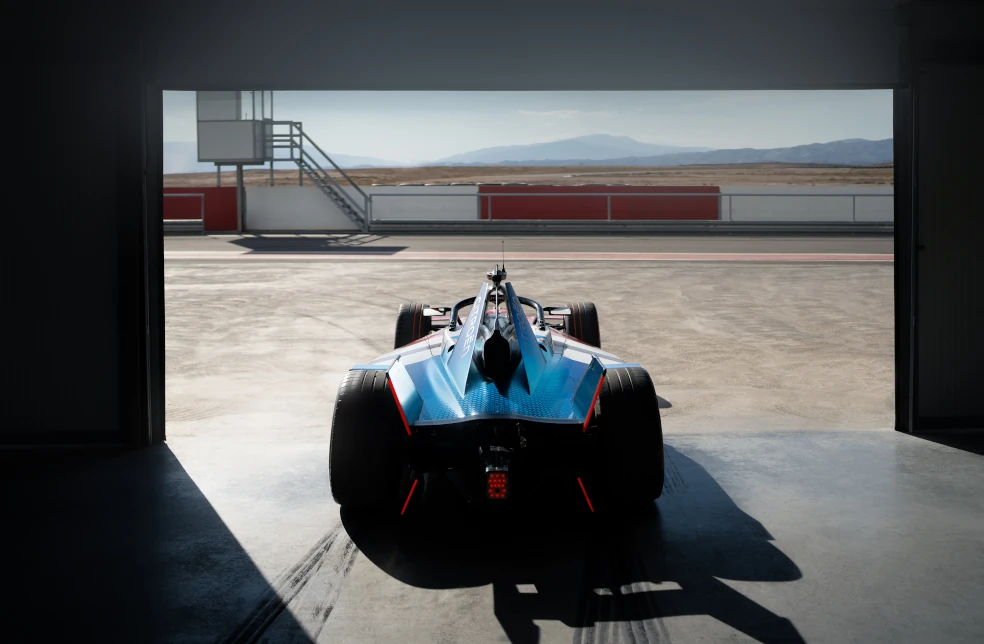
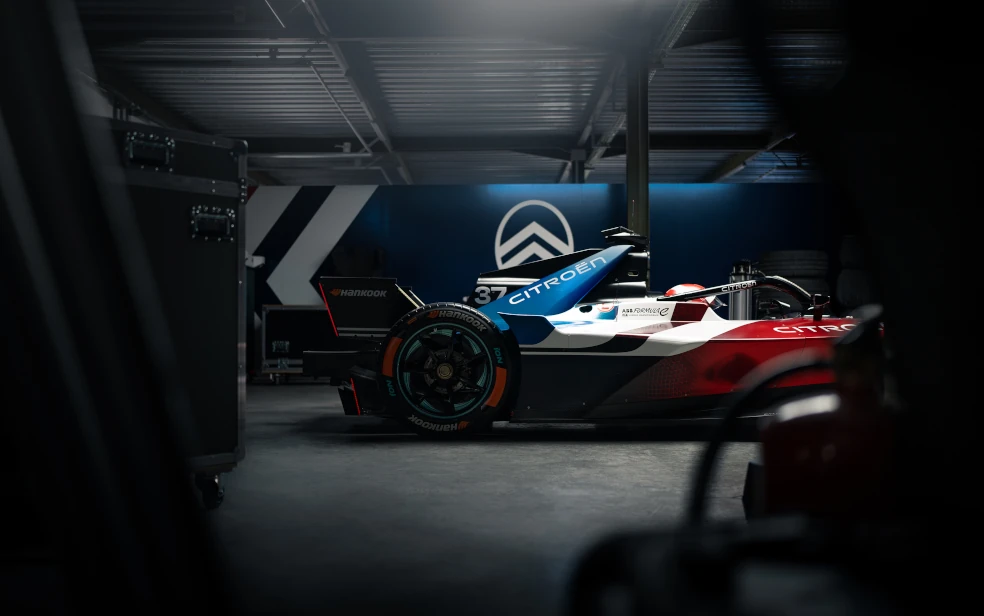
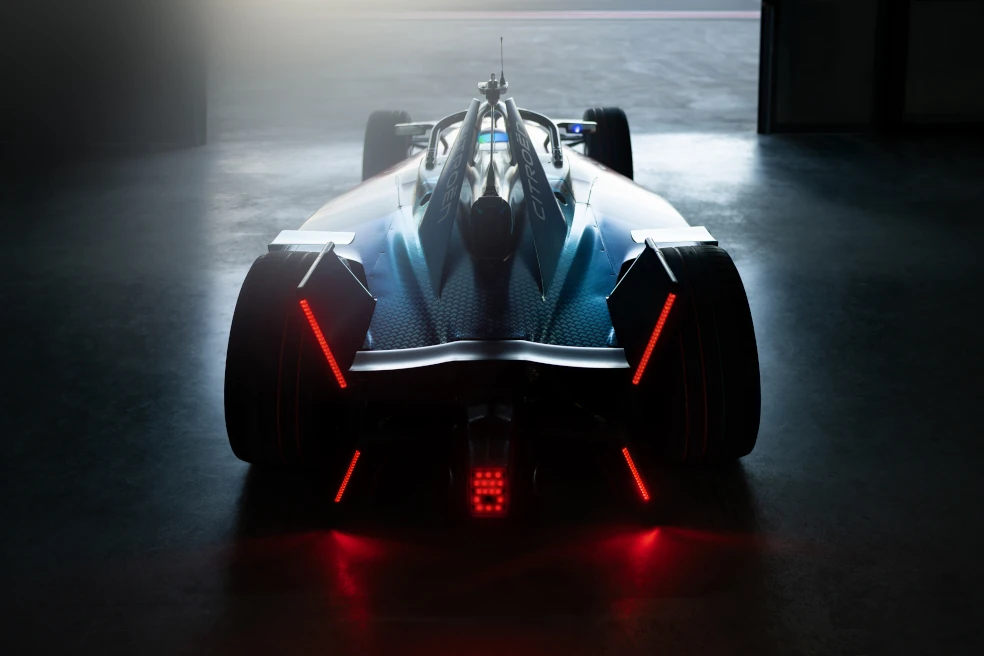
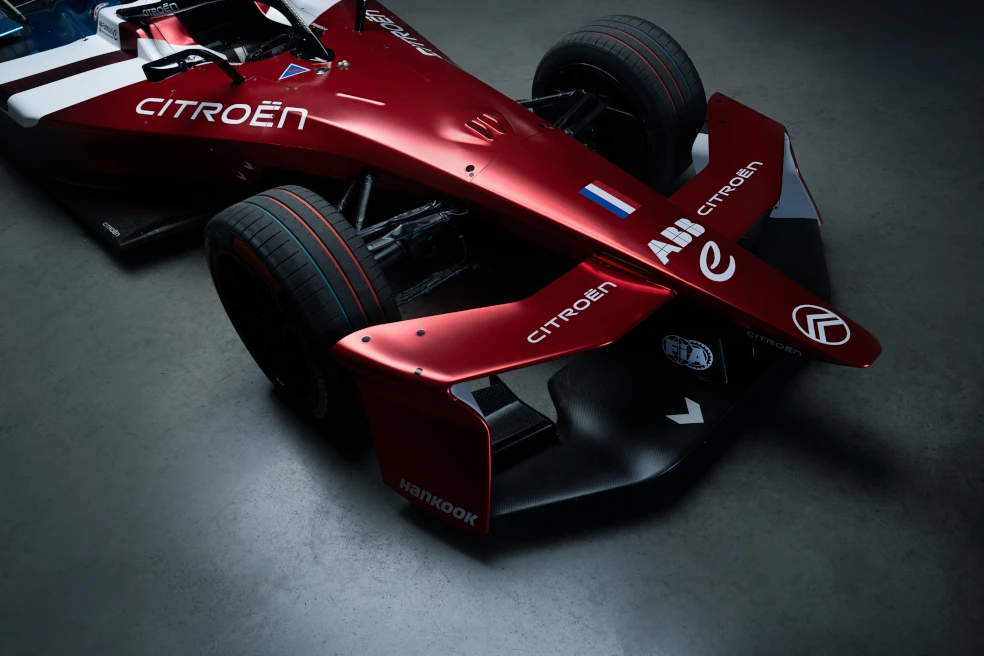
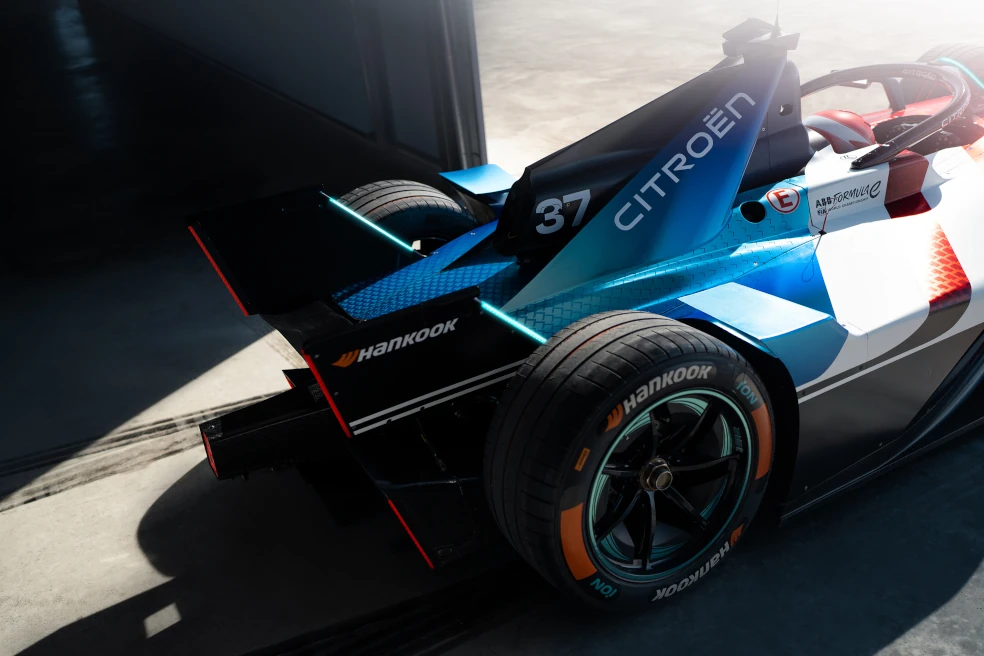
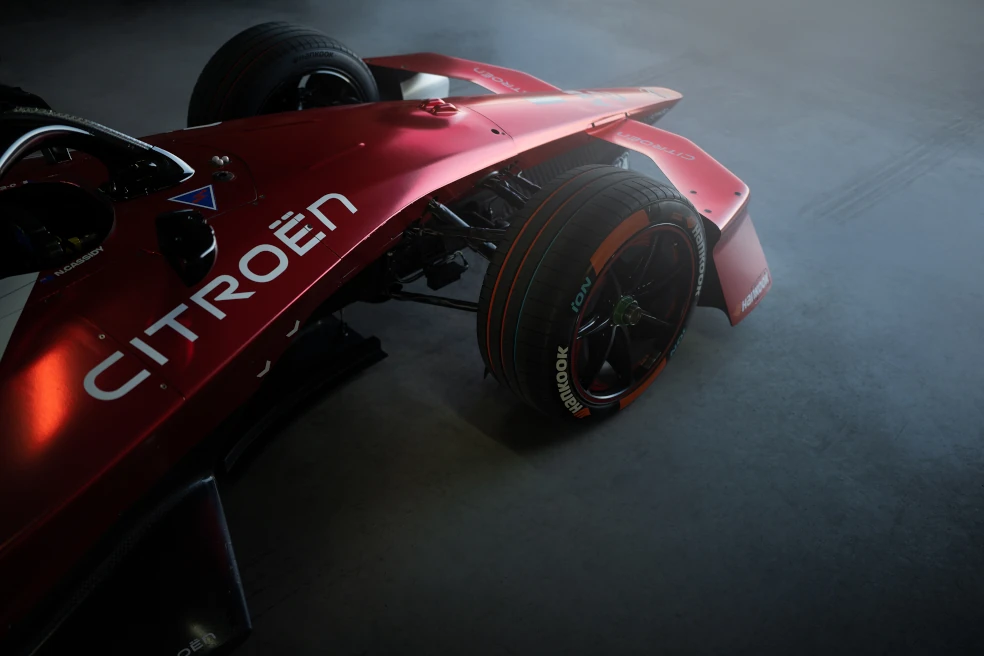
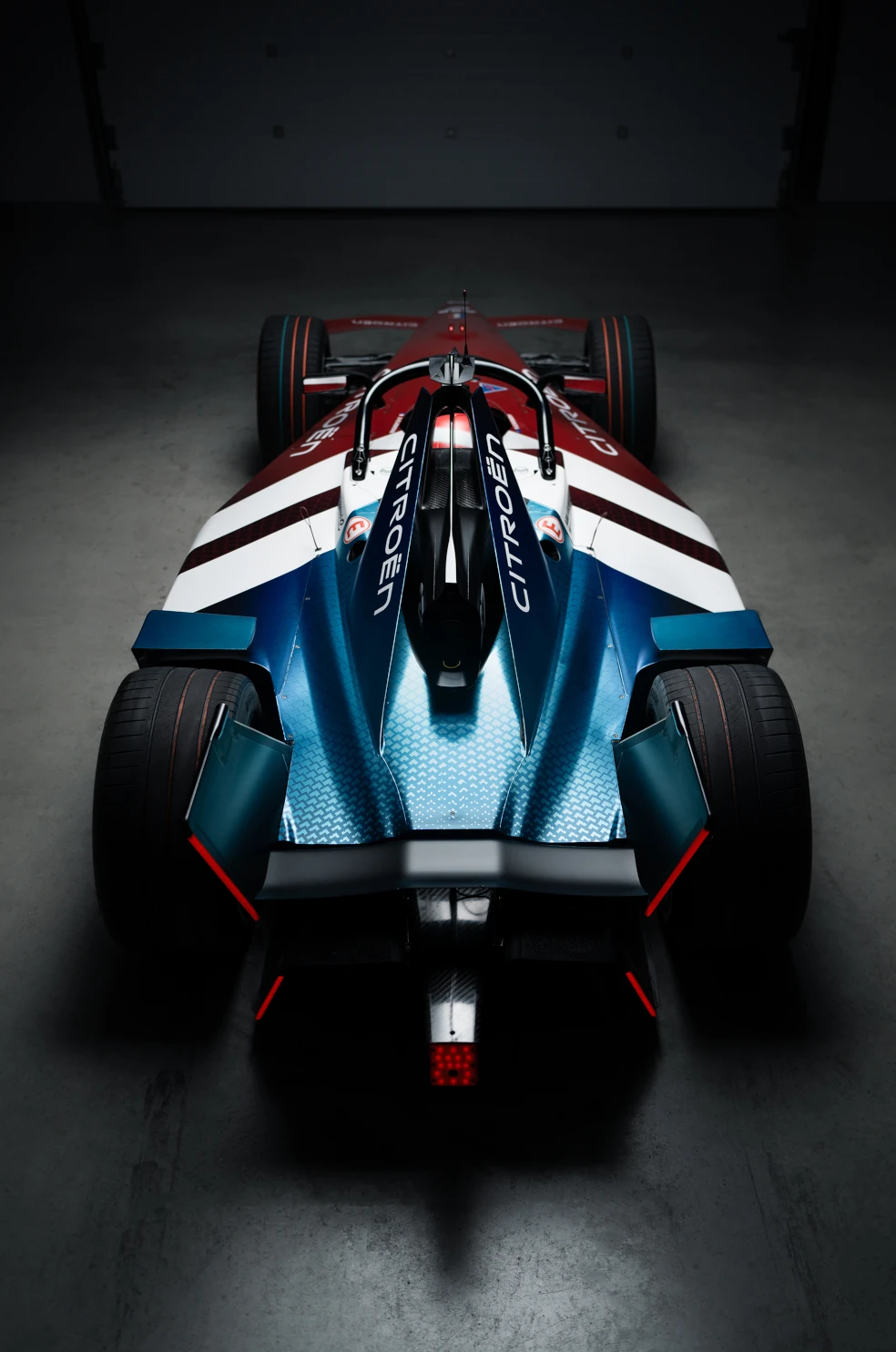
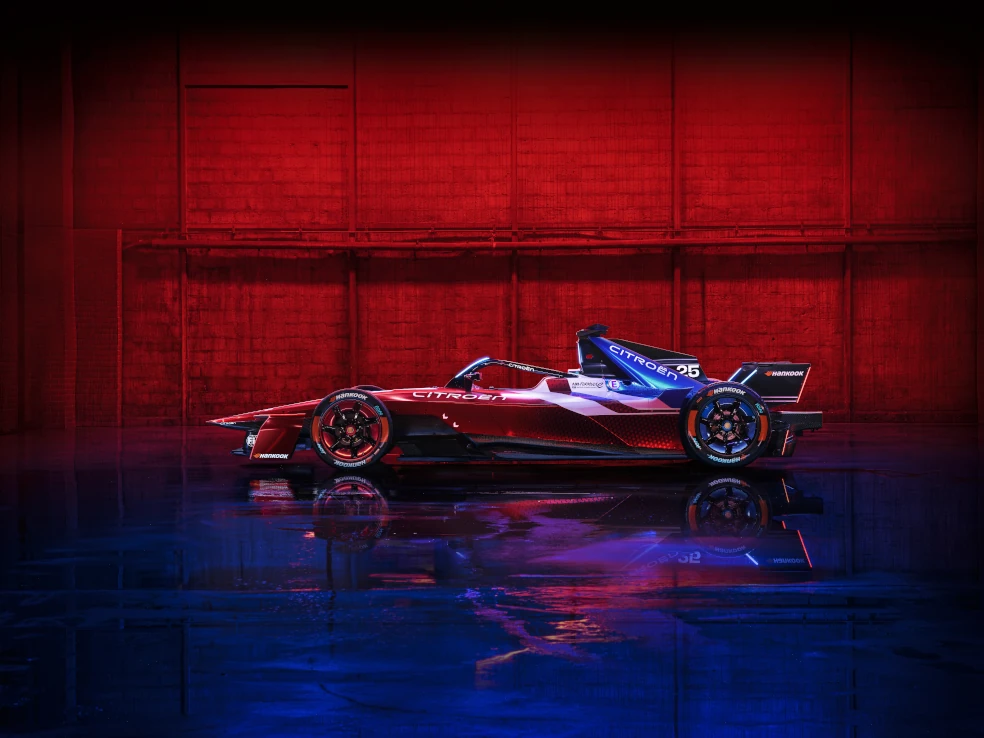
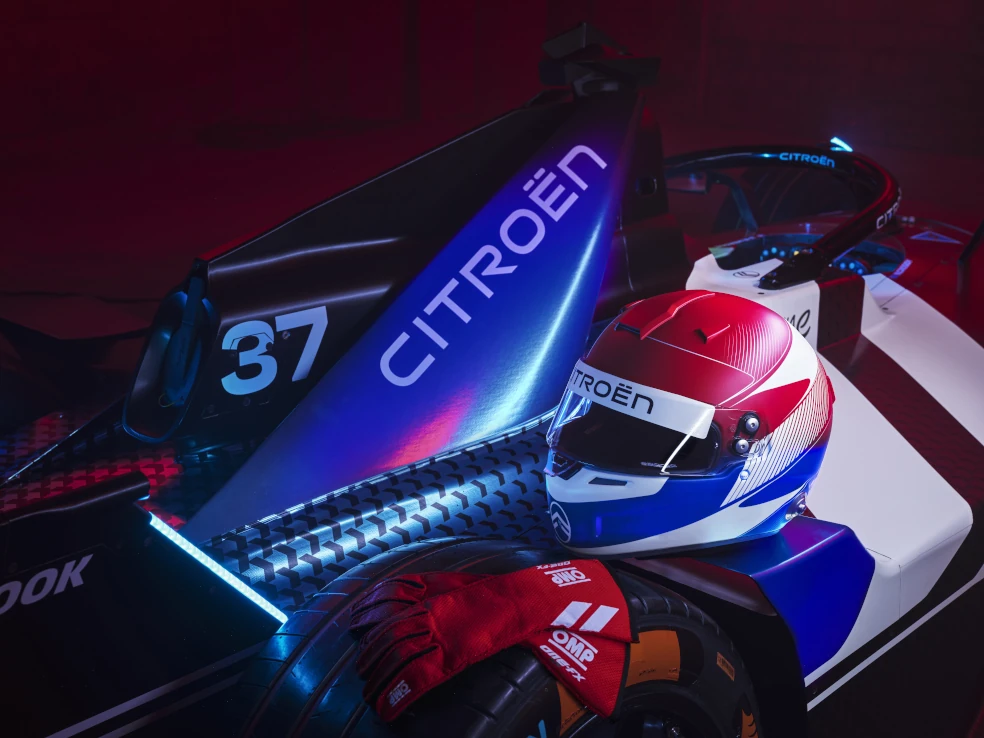
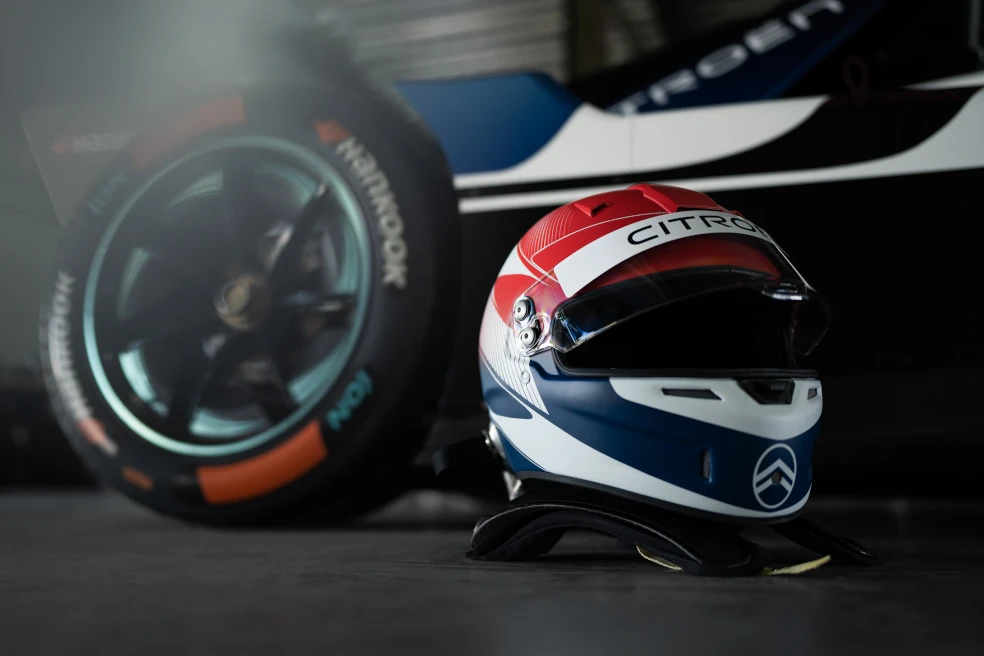
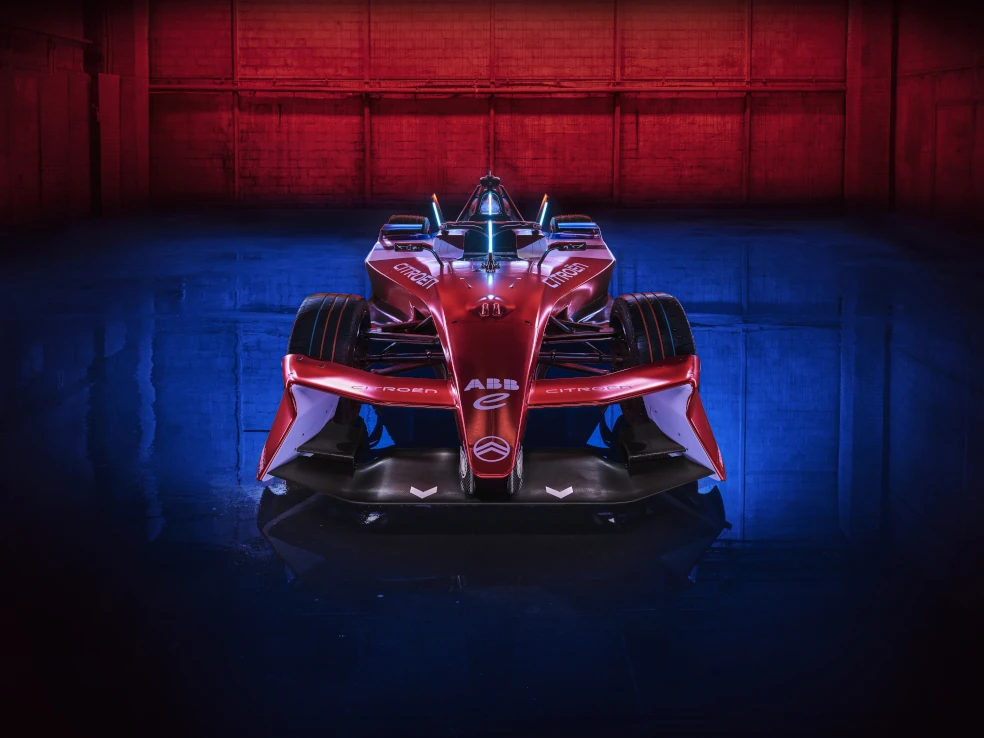
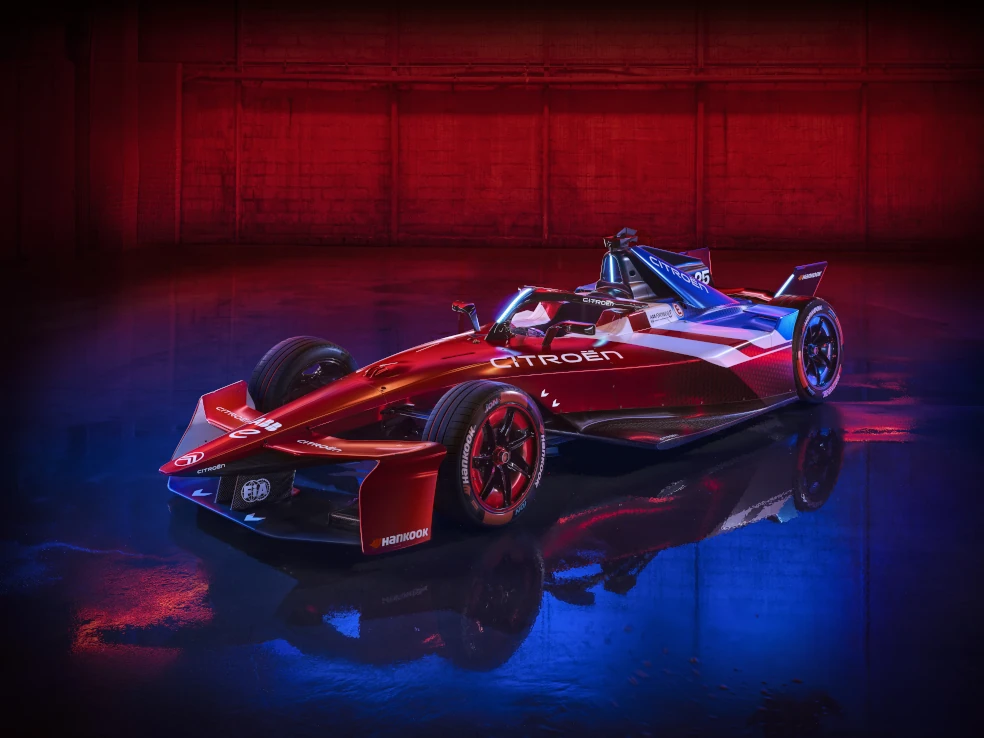




Comments